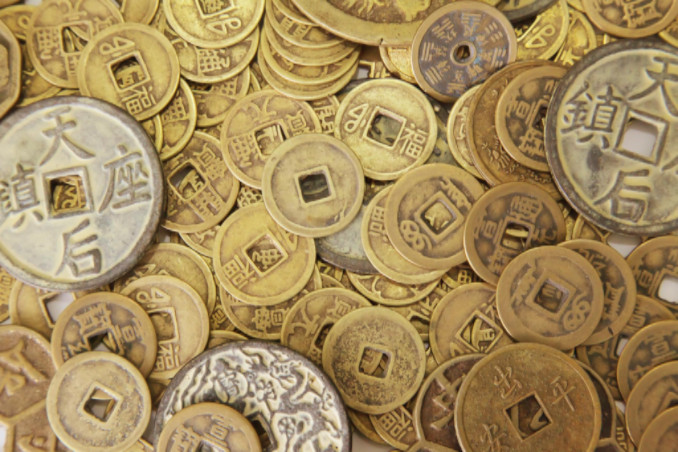
Sometime between 600 and 500 BCE, gold coins were minted under King Croesus of Lydia in modern-day Turkey—and ever since mankind has been positively gold obsessed!
But why gold? How did ancient civilizations come to find gold as the best element for currency? And why is gold still valued today?
Gold Coins Don’t Explode
Quite simply, the process of elimination is what helped ancient civilizations settle on gold. When looking at the periodic table, you’ll find 118 elements. Out of those 118 elements, coin makers looked for elements that were rare, easy to work with, not very reactive and not radioactive.
Given those criteria, most elements are already off the list.
For example, ancient coin makers weren’t going to concern themselves with elements that can’t be minted, such as the noble gases or liquid elements like mercury and bromine. Beyond that, the alkali metals—such as lithium, sodium, and potassium—are too reactive and have the potential to explode in your pocket. Then there are the elements near the bottom of the periodic table. Some of these elements are radioactive and unless you want your money to kill you then these elements are best kept away from human interactions.
Upon further process of elimination – which excludes elements that are corrosive, have high melting points or are too plentiful – all that’s left are a small group of transition metals called the “noble metals.”
Gold Stands Apart
Noble metals are both rare and tend to be non-reactive. Noble metals are also called precious metals. The precious metals on the periodic table include gold, silver, platinum, palladium, rhodium, iridium, ruthenium and osmium.
Of the precious metals, gold and silver were the best element for currency in ancient times. The rest of the precious metals were either too rare, too difficult to extract, or weren’t discovered yet. What makes gold an even better option is that it does not tarnish like silver. Plus, gold is quite distinguishable from other metals because of its yellow color.
These days, gold is still a highly valued part of our economy. The yellow metal is still being used for gold coins, which investors value as a security measure against market volatility.
Continue reading: The Federal Reserve and Gold: A Brief History